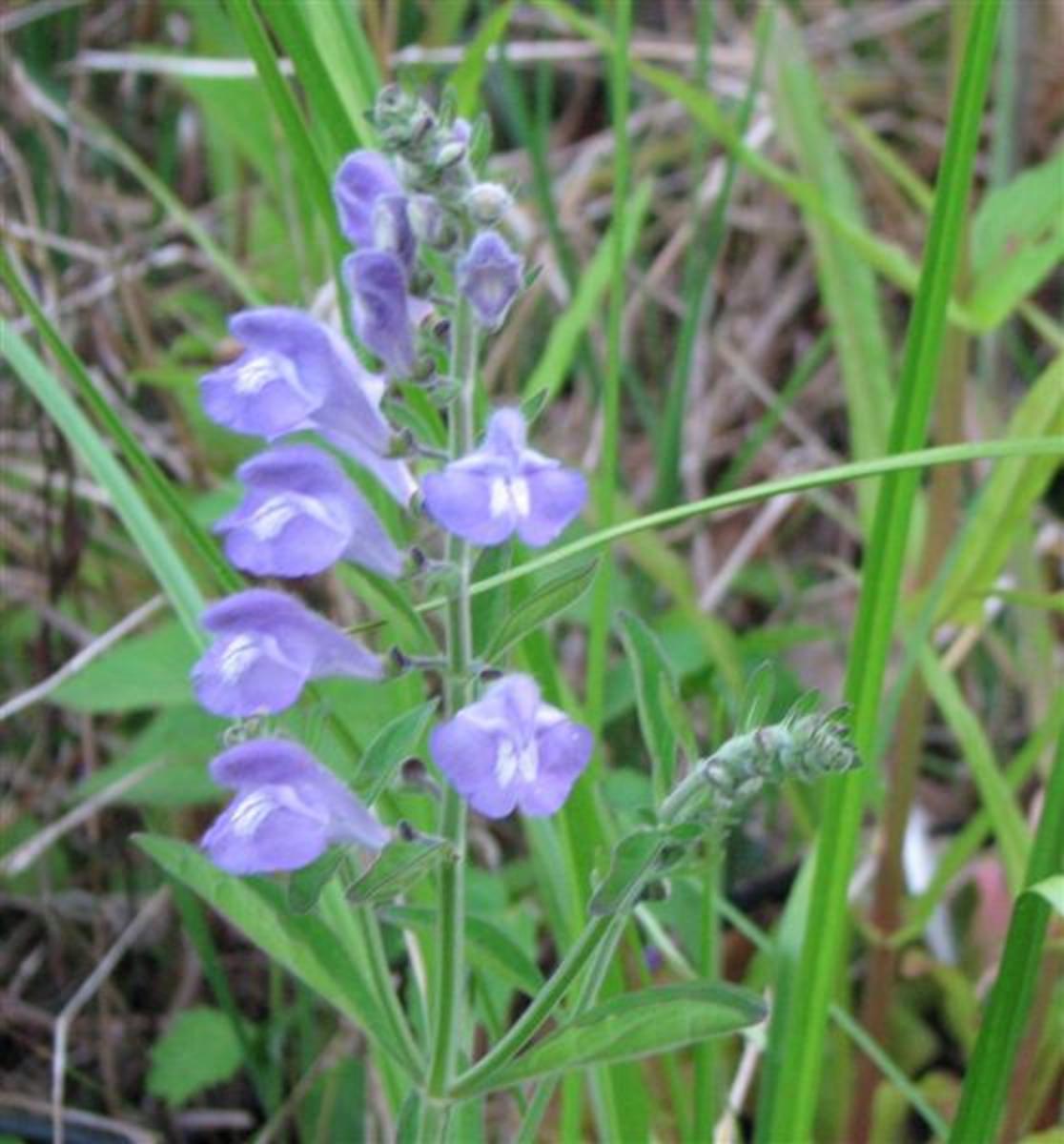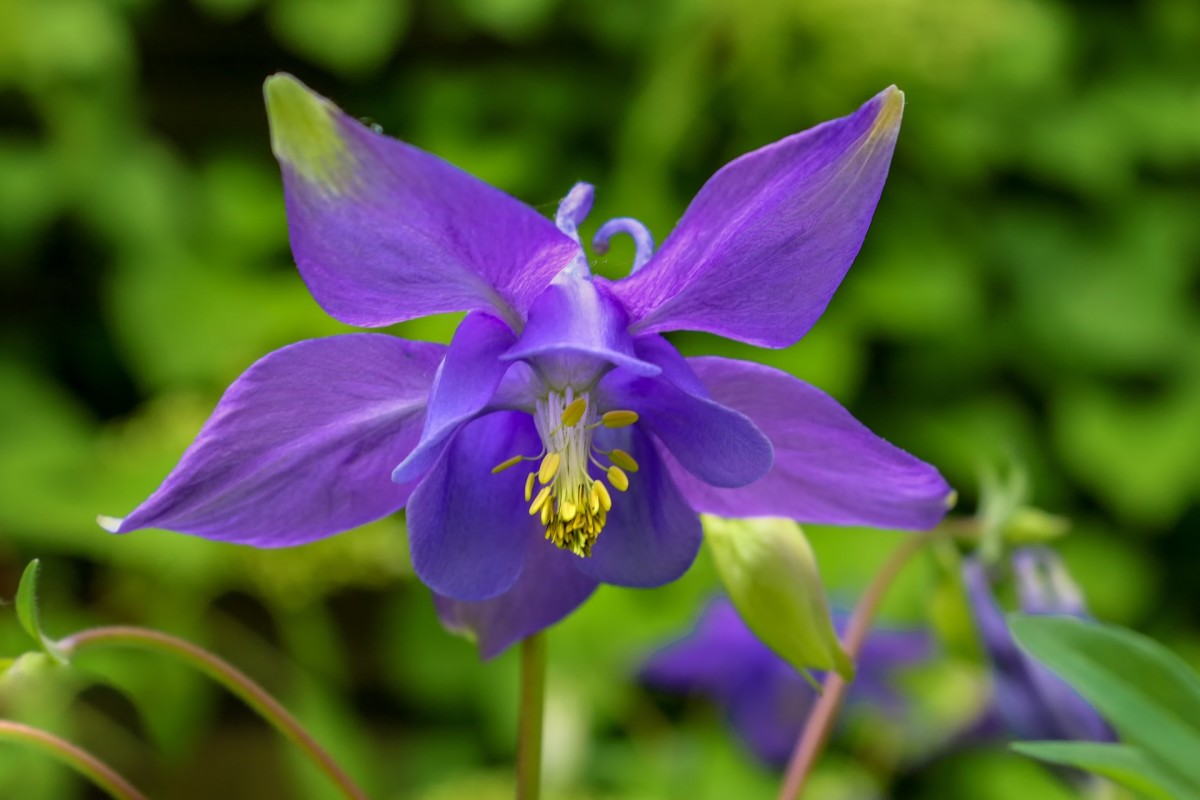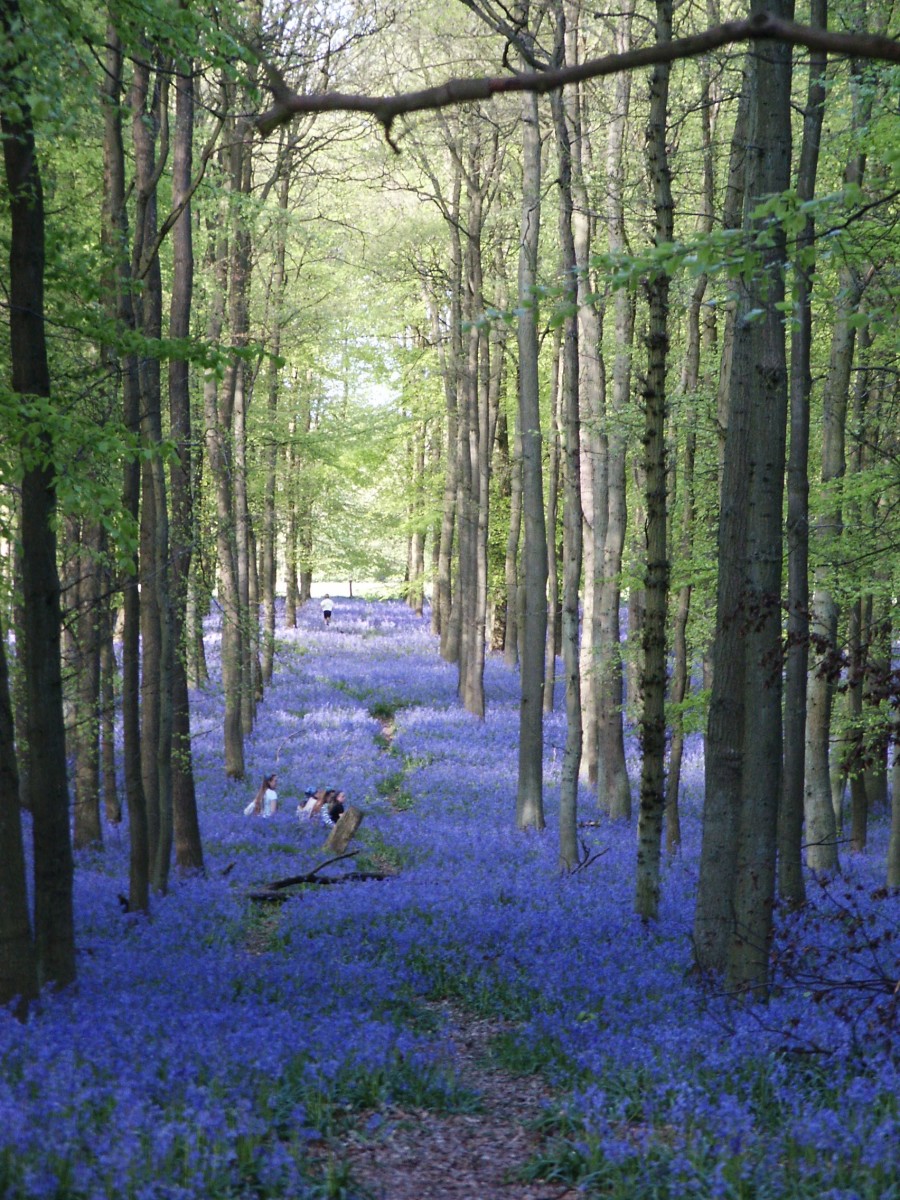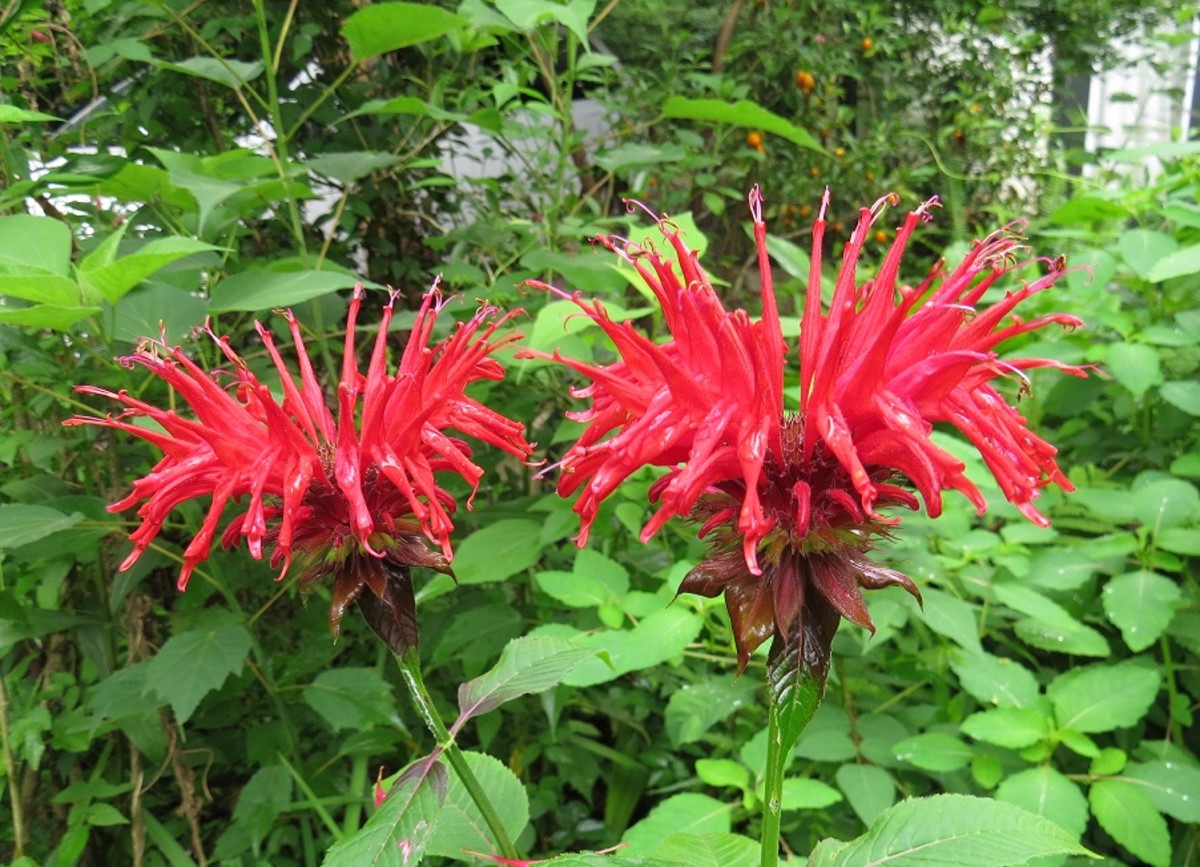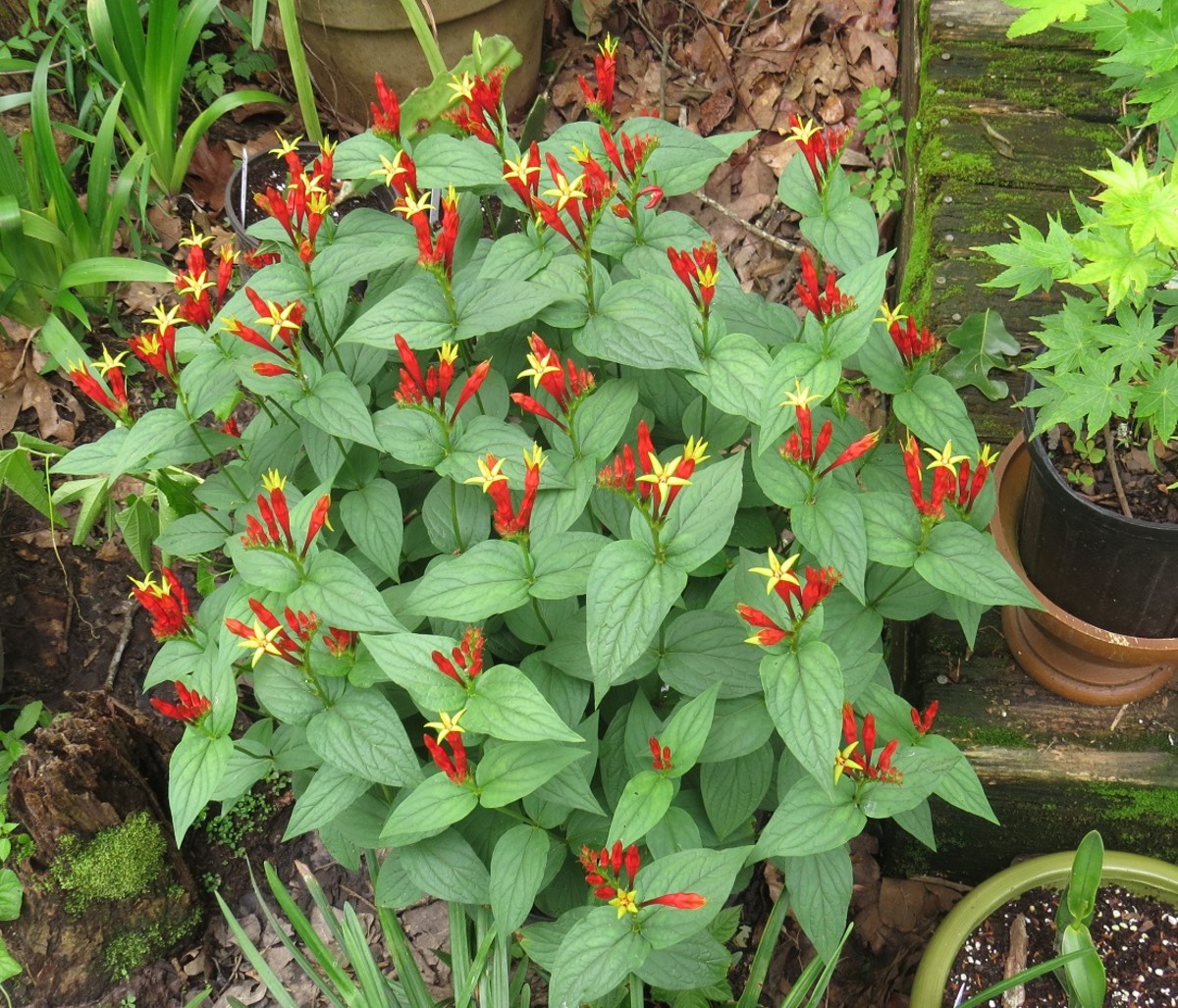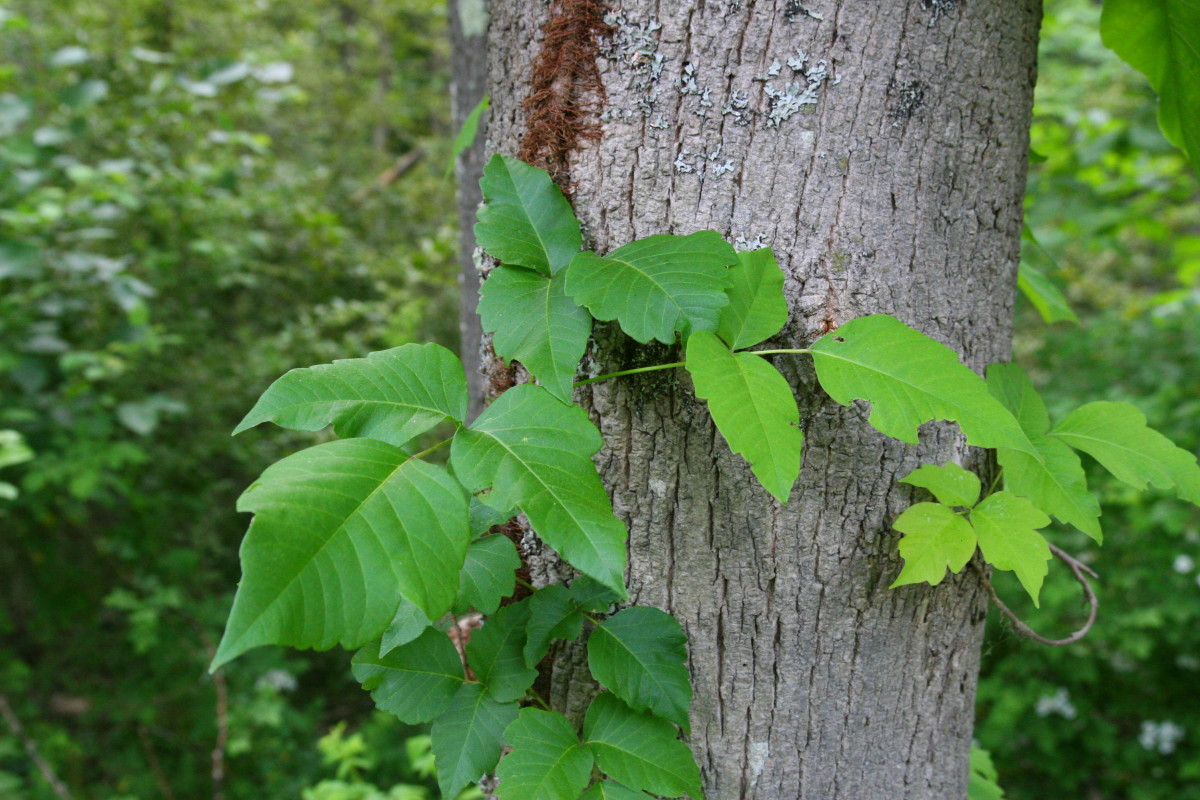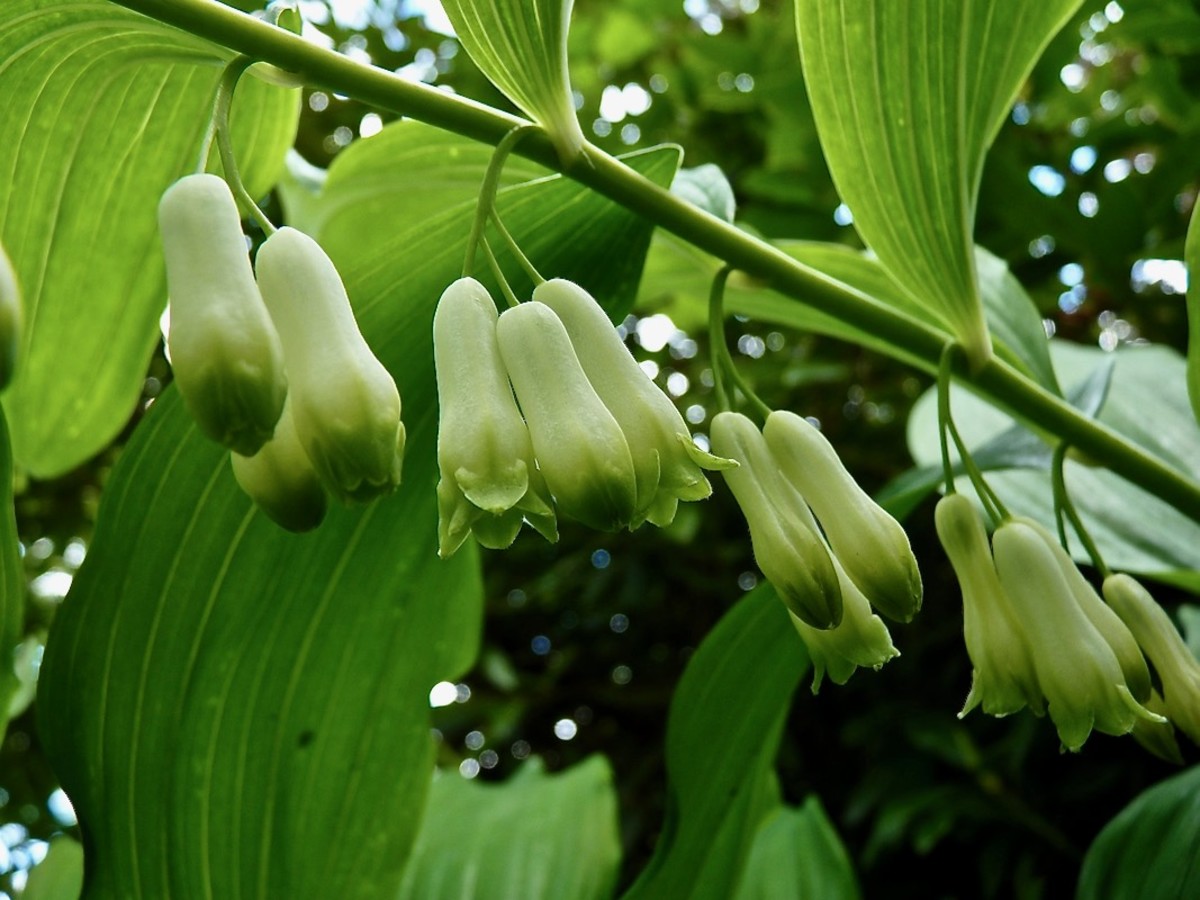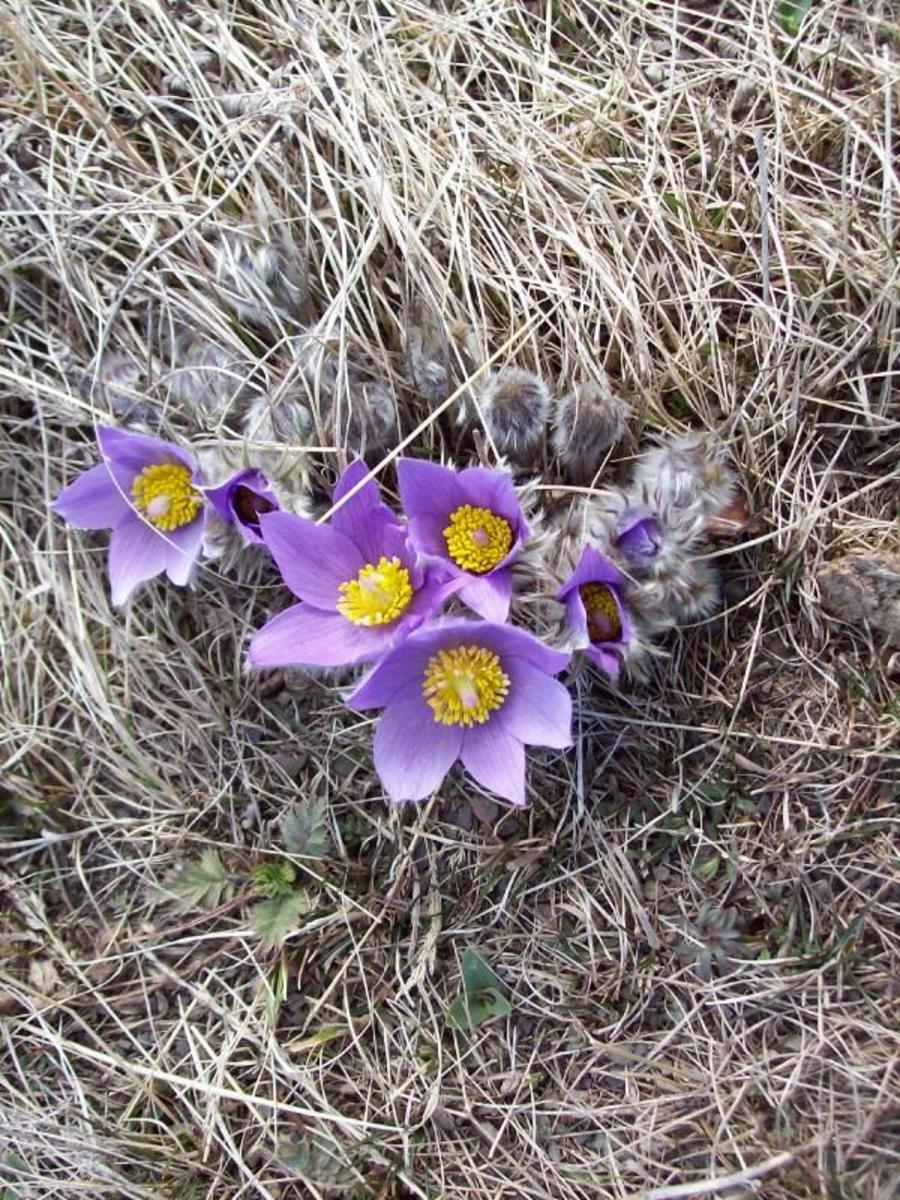Colorful Red Cardinal Flower and Other Native Lobelias
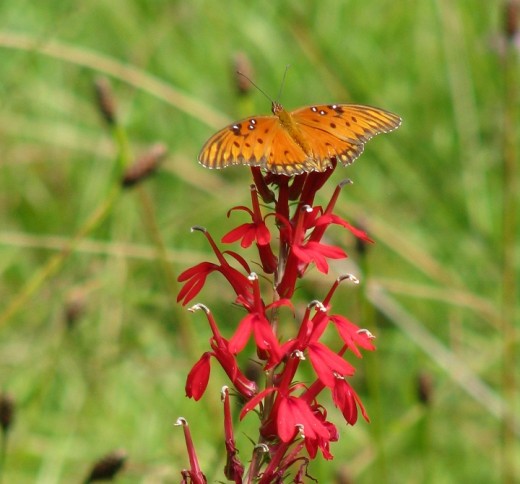
Red and Blue Perennial Native Lobelias Love Wet Feet
Cardinal flowers (Lobelia cardinalis) and the other members of the Lobelia family (most of which are some shade of blue) love moisture. These native perennial wildflowers are at home in ditches and beside waterways, but also make lovely additions to moist areas in the garden. Hummingbirds and butterflies are attracted to all of the members of the Lobelia family. The Cardinal Flower is one of the more showy native plants.
Historically, all members of the Lobelia species have been used in Native American herbal medicine, but because the plants can be toxic or even deadly, modern herbalists discourage their use.
Cardinal Flower - Lobelia cardinalis
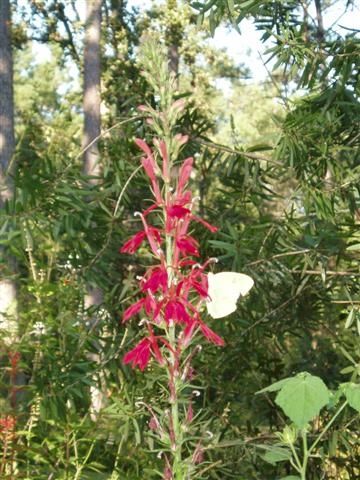
Description and Growing Conditions
Both the common name (cardinal) and botanical name (cardinalis) of this perennial plant with clusters of bright red flowers refer to the fact that 'cardinalis' means scarlet, which is the color of cardinals' robes. In Louisiana this lovely flower blooms on stalks up to 5 feet tall in wet areas from July through October.
Cardinal flower grows best in moist soil in filtered light or part shade. The more sun it gets, the more water it needs.
Propagation
In fall, the seed capsules, containing hundreds of dust-like seeds turn brown. The seed capsules can be collected (before they break open is best) and the tiny seeds can be sprinkled in pots of good soil then pressed into the soil. If they are kept moist, the tiny plants will appear in a couple of weeks and in spring, the plants will be large enough to put out into the garden. They will bloom the first year.
Other methods of propagation are stem cuttings, root division, and layering.
Hummingbirds by the Pond
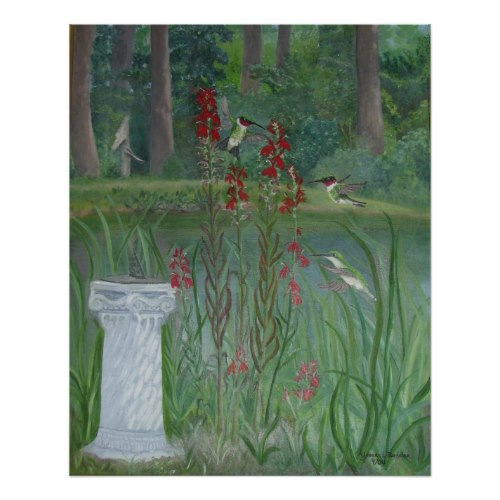
Blue Lobelias - Great Blue Lobelia (L. siphilitica) and Pale Lobelia (L. appendiculata)
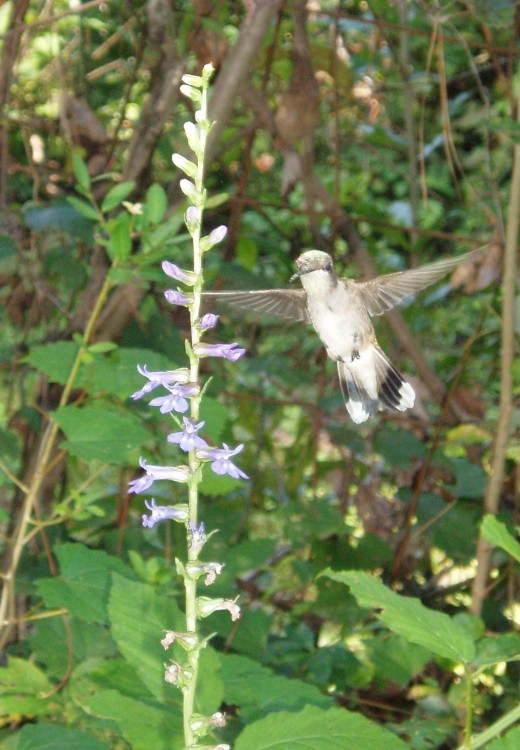
Most members of the Lobelia family have blue flowers and all Lobelias are a favorite of hummingbirds and other pollinators. Great Blue Lobelia (L. siphilitica) was named so because it was once thought to be a cure for Syphilis.
Description and Growing Conditions
Great Blue Lobelia
- Tall spikes (up to 3 feet) of bright blue flowers in fall.
- Great Blue Lobelia prefers light shade and moist soil.
- Propagate by seed, by offsets and by stem cuttings.
Skipper Butterfly on Blue Lobelia
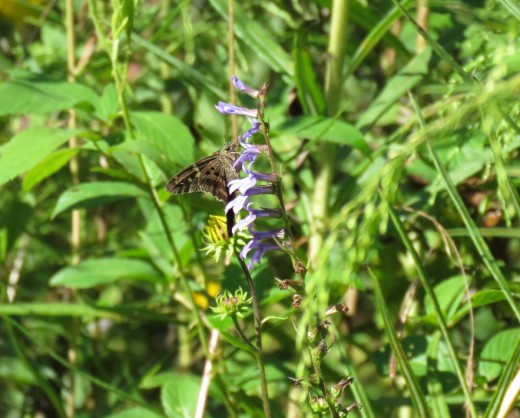
According to the USDA Plant Database, there are 11 species of blue lobelia that can be found in Louisiana including:
- Southern (L. amoena)
- Pale (L. appendicalata)
- Shortleaf (L. brevifolia)
- Longleaf (L. elongata)
- Foldear (L. flaccidifolia)
- Florida (L. floridana)
- Indian tobacco (L. inflata)
- Nuttall’s (L. nuttallii)
- Downy (L. puberula)
- Great Blue (L. siphilitica)
- Palespike (L. spicata)
Blue Lobelia
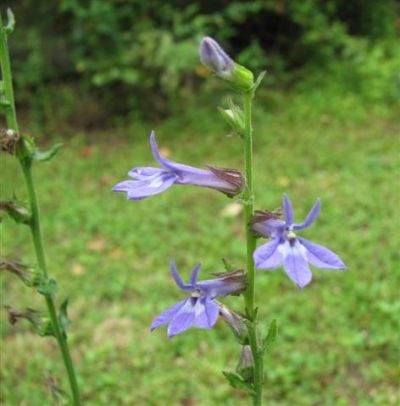
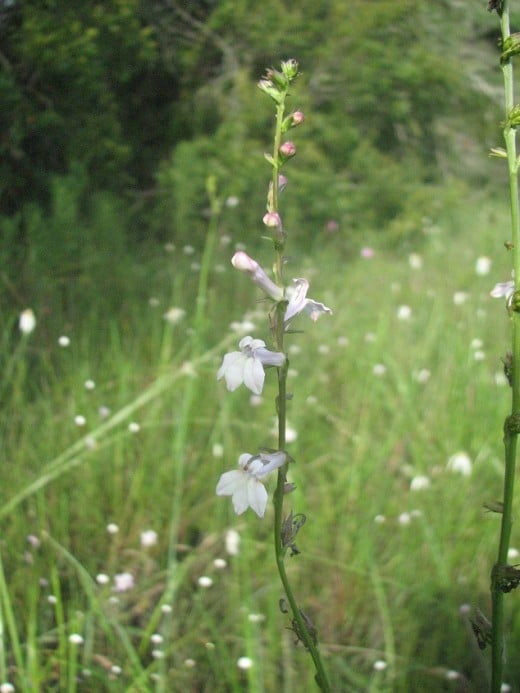
Pale Lobelia (Lobelia appendiculata)
Description & Growing Conditions
This beautiful native perennial has tall spikes of delicate bluish white flowers in late spring (April to June) in wet fields, prairie and pinelands. Beautiful in large groups with mixed wildflowers or in a natural setting.
It can be grown in sunny rain gardens or low, damp parts of the yard.
Propagation
Like the other blue lobelias, Pale Lobelia can be propagated in the same ways as Cardinal Flower.
Dragonfly on Pale Lobelia
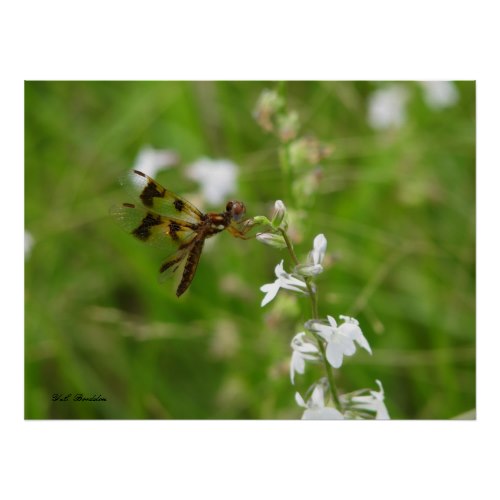
Cardinal Flower Poll
Which Lobelia do you prefer?
Weeds of the South Book

Lobelia cardinalis
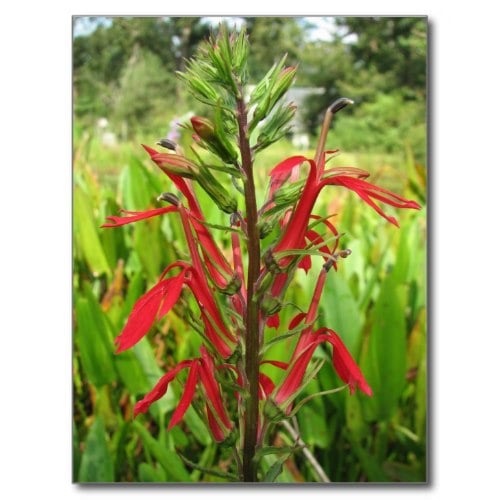
Links to Louisiana Wildflowers
- Native Perennials for Southern Gardens
Native perennials and wildflowers are an important part of our sustainable landscape. You'll find photographs, book recommendations and links to some of our favorite southern native plants. - October Blooming Native Sunflowers
Native sunflowers (Helianthus) color the landscape in October. On this page you'll find many photos and much information about using sunflowers in the landscape and about the animals that use them. - 15 Easy to Grow Southern Wildflowers
This page features 15 native perennial flowering plants complete with photographs of and information plus links to more about each. These beauties will thrive in the hot, humid South.
© 2009 Yvonne L B

